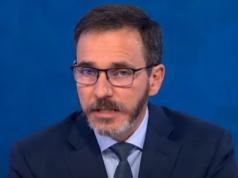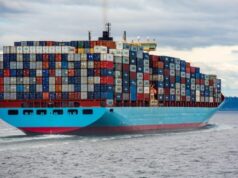- Prospects for emerging market and developing economies have been marked down for 2021, while those for advanced economies have been revised up
- Vaccine access has emerged as the principal fault line along which the global recovery splits into two blocs
- Emerging Asia is seen to grow by 7.5% this year, a 1.1 percentage point decline from April estimates
- For 2022, IMF projects global growth of 4.9%, up from the previous forecast of 4.4%, with a sizeable upgrade for advanced economies, and a more modest one for emerging market and developing economies
The International Monetary Fund (IMF) forecasts the global economy will grow 6.0% in 2021 and 4.9% in 2022, but it has marked down prospects for emerging market and developing economies while elevating the outlook for advanced economies.
The 2021 World Economic Outlook (WEO) released this month is unchanged from the April WEO, but with offsetting revisions. Prospects for emerging market and developing economies have been marked down for 2021, while those for advanced economies have been revised up.
“Vaccine access has emerged as the principal fault line along which the global recovery splits into two blocs: those that can look forward to further normalization of activity later this year (almost all advanced economies) and those that will still face resurgent infections and rising COVID death tolls,” said the IMF report.
Advanced economies are now projected to grow by 5.6% this year, an improvement of 0.5 percentage point from April as a result of the expected further normalization in the second half of 2021 as vaccine rollout proceeds and with additional fiscal support.
This however, is offset exactly by a downward revision for emerging market and developing economies driven by a significant downgrade for emerging Asia.
Emerging Asia is seen to grow by 7.5% this year, a 1.1 percentage point decline from April estimates.
Growth prospects in India have been downgraded following the severe second COVID wave during March-May and expected slow recovery in confidence from that setback. Similar dynamics are at work in the ASEAN-5 group (Indonesia, Malaysia, Philippines, Thailand, Vietnam), where recent infection waves are causing a drag on activity. Meanwhile, China’s 2021 forecast is revised down 0.3 percentage point on a scaling back of public investment and overall fiscal support. Growth forecasts for other regions have generally been revised up for 2021, largely reflecting the stronger-than-anticipated outturns in the first quarter.
For 2022, IMF projects global growth of 4.9%, up from the previous forecast of 4.4%. But again, underlying this is a sizeable upgrade for advanced economies, and a more modest one for emerging market and developing economies.
IMF estimated that the pandemic has reduced per capita incomes in advanced economies by 2.8% a year relative to pre-pandemic trends over 2020-2022, compared with an annual per capita loss of 6.3% a year for emerging market and developing economies (excluding China).
These revisions reflect important differences in pandemic developments as the delta variant takes over. Close to 40% of the population in advanced economies has been fully vaccinated, compared with 11% in emerging market economies, and a tiny fraction in low-income developing countries. Faster-than-expected vaccination rates and return to normalcy have led to upgrades, while lack of access to vaccines and renewed waves of COVID-19 cases in some countries, notably India, have led to downgrades.
Divergences in policy support are a second source of the deepening divide. “We are seeing continued sizable fiscal support in advanced economies with $4.6 trillion of announced pandemic related measures available in 2021 and beyond,” said IMF.
“On the other hand, in emerging market and developing economies most measures expired in 2020 and they are looking to rebuild fiscal buffers.”
Despite near-term supply disruptions, global trade volumes are projected to expand 9.7% in 2021, moderating to 7.0% in 2022. The merchandise trade recovery is set to broaden after being initially concentrated in pandemic-related purchases, consumer durables, and medical equipment. Services trade is expected to recover more slowly, consistent with subdued cross-border travel until virus transmission declines to low levels everywhere.
Image by Arulonline from Pixabay












